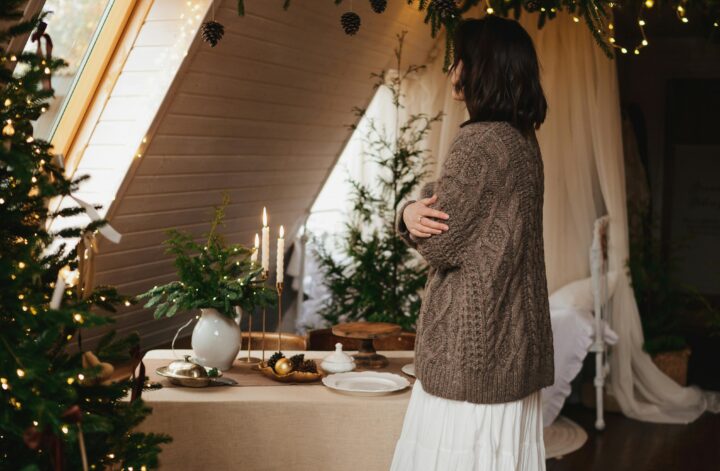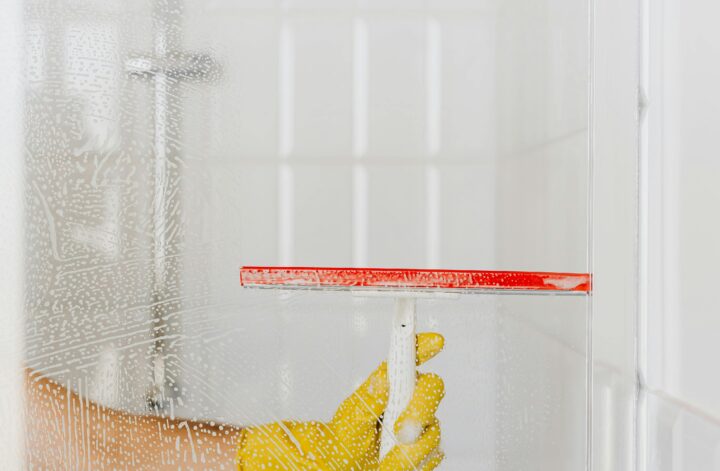As the days grow shorter and the temperatures drop, it’s time to prepare your home for the cold months ahead. Winter can be tough on your house, and the last thing you want is to deal with expensive repairs or uncomfortable living conditions when the snow starts to fall. Proper winterizing not only protects your home from the harsh elements but also helps you save on energy bills, enhance comfort, and prevent costly damage. Whether you’re a seasoned homeowner or a first-time resident, taking proactive steps to prepare your home for winter is essential.
In this blog post, we’ll walk you through some key home maintenance tips to ensure your house is ready for winter. From insulating your home to cleaning your chimney, these simple tasks will help protect your property and keep you cozy all season long.
1. Inspect and Seal Windows and Doors
One of the biggest culprits of heat loss in the winter is air leaks around windows and doors. Cold air seeps in, and warm air escapes, making it harder to keep your home comfortable and causing your heating system to work overtime. Start by inspecting the seals and weatherstripping around your windows and doors to ensure they are intact. Look for any gaps or cracks that might allow drafts.
If you find any areas where air can escape, apply weatherstripping or caulk to seal them. Caulking is ideal for small cracks and gaps, while weatherstripping works well for sealing around movable parts, such as doors and windows. You can also consider using draft blockers on the bottoms of doors to keep cold air at bay.
If your windows are particularly old or inefficient, you might want to invest in insulating window film or even consider upgrading to more energy-efficient windows. A temporary fix, like plastic shrink film kits, can provide additional insulation during the winter months without requiring a full replacement.
2. Clean and Inspect Your Heating System
Before the temperature plummets, it’s important to ensure your heating system is functioning properly. A well-maintained furnace or heating system will work more efficiently, keeping your home warm and reducing energy consumption.
Start by replacing the air filter in your furnace, as clogged filters can restrict airflow, making the system work harder and less effectively. If your furnace hasn’t been serviced in a while, now is the time to schedule a professional inspection. A heating technician will clean the system, check for any potential issues, and ensure it’s running safely.
For homes with fireplaces or wood stoves, make sure to clean the chimney or flue before using it for the first time. Creosote buildup is a common fire hazard in chimneys, so having a professional chimney sweep clean it can help prevent dangerous chimney fires. If you use a wood stove, check for any leaks or cracks in the door and make sure your stovepipe is properly secured and free of obstructions.
Additionally, check your thermostat to make sure it’s working correctly and is calibrated properly. Programmable thermostats are a great option to save on heating costs, as they allow you to set temperatures for different times of the day and avoid wasting energy when you’re not home.
3. Insulate Your Home
Proper insulation is key to keeping your home warm and energy-efficient during the winter months. Insulation helps to trap heat inside, preventing drafts and reducing the amount of energy needed to keep your home comfortable.
Check the insulation in your attic, as heat tends to rise and escape through poorly insulated spaces. If you notice areas where the insulation is thin or uneven, it’s a good idea to add more to help maintain a consistent temperature throughout your home. Don’t forget to insulate pipes in areas that might be prone to freezing, such as in attics, basements, or crawl spaces. Insulated pipe sleeves or heat tape can help prevent pipes from freezing and bursting.
Another area to inspect is your crawl space or basement, as these areas can contribute to significant heat loss. Insulating walls and floors in these spaces can keep the rest of your home warmer and reduce your energy bills.
4. Prepare Your Roof and Gutters
Your roof plays a critical role in protecting your home from the elements, and winter weather can put it to the test. Before the first snowstorm hits, take the time to inspect your roof for any damage or wear. Look for missing or damaged shingles, cracked flashing, or areas where water could potentially seep in.
If you’re not comfortable getting on the roof yourself, consider hiring a professional roofer to conduct a thorough inspection. It’s also important to check for any overhanging tree branches that could pose a risk of falling during a winter storm. Trim back any branches that might damage the roof or cause a power outage.
Gutters are another essential part of winter preparation. Clogged gutters can cause ice dams to form, which can lead to water leaks and roof damage. Make sure to clean out leaves, twigs, and other debris from your gutters so that they can drain properly. Consider installing gutter guards to help prevent debris buildup in the future.
5. Check Your Plumbing
Freezing pipes are one of the most common issues homeowners face during the winter months. When water freezes inside pipes, it expands, which can cause pipes to burst and flood your home. To prevent this, make sure your pipes are properly insulated, particularly those in unheated areas like basements, attics, and garages.
If you’re going to be away from home during the winter, consider leaving the heat on at a low temperature (at least 55°F) to keep the pipes from freezing. In extremely cold climates, you may want to open cabinet doors under sinks to allow warm air to circulate around pipes.
If you live in an area prone to extreme cold, you may want to consider installing pipe heating cables or using foam pipe insulation for additional protection. Be sure to drain and disconnect hoses from outdoor faucets to prevent water from freezing inside the pipes.
6. Stock Up on Winter Supplies
Preparing your home for winter also means making sure you have the supplies you need in case of emergencies. Winter storms can sometimes lead to power outages, so it’s important to have a well-stocked emergency kit that includes essentials like flashlights, batteries, bottled water, non-perishable food, a first aid kit, and any necessary medications.
If you live in an area that gets heavy snow, it’s a good idea to have a snow shovel or a snow blower ready for action. Stock up on ice melt or sand to keep walkways, driveways, and stairs clear of ice, and make sure your car is equipped with the necessary winter gear, such as blankets, jumper cables, and a snow scraper.
It’s also important to have a backup heat source, such as a space heater or a wood-burning stove, in case the power goes out. Make sure these backup heaters are properly maintained and that you have enough fuel to get through a few days if necessary.
7. Maintain Outdoor Spaces
Don’t forget about your outdoor spaces when preparing for winter. If you have outdoor furniture, be sure to store it in a shed or garage to prevent damage from snow and ice. For any plants that can’t survive the winter, consider moving them inside or covering them with frost-resistant blankets.
If you have a garden, remove any dead plants and prepare the soil for the next growing season. Mulching flower beds can also protect the roots of your plants from the cold, especially if you live in a climate with harsh winters.
Additionally, ensure that any walkways or driveways are clear of snow and ice, as slip-and-fall accidents can be common during the winter months. Invest in a good-quality snow shovel or snow blower to make clearing your driveway and sidewalks easier and safer.
8. Check Smoke and Carbon Monoxide Detectors
During the winter, your heating system is working overtime, and you may be using space heaters, fireplaces, or wood stoves. This makes it especially important to ensure your smoke detectors and carbon monoxide detectors are working properly. Test both types of detectors and replace the batteries if necessary.
Carbon monoxide is a silent killer, and in the winter, it can come from poorly vented fireplaces or malfunctioning heating systems. Having working detectors in your home is vital to keeping your family safe. It’s also a good idea to have your furnace or any gas-powered appliances inspected to ensure they are functioning correctly and safely.
Conclusion: A Warm, Safe, and Efficient Winter
Preparing your home for winter is an essential task that will help you avoid unpleasant surprises during the colder months. By following these simple maintenance tips, you’ll not only protect your home from the elements but also improve its energy efficiency, enhance comfort, and ensure the safety of your family. Whether you’re insulating your home, cleaning the chimney, or inspecting your plumbing, each step you take will help you get the most out of the winter season. So, take the time now to prepare, and you’ll be able to enjoy a warm, cozy, and stress-free winter.




